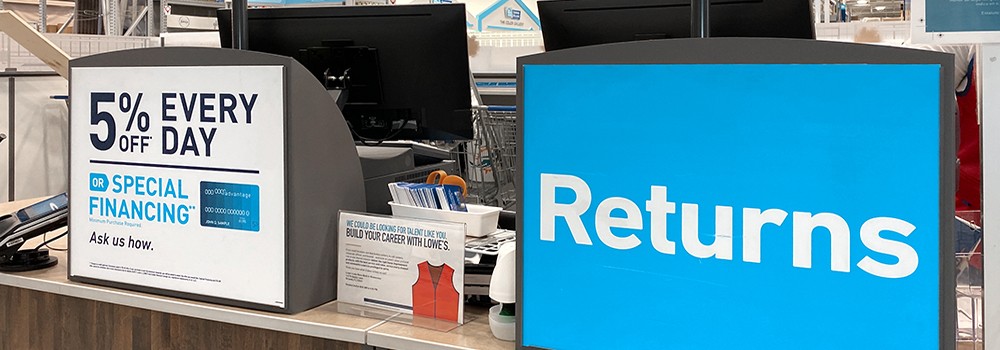
How shoplifting has changed
Retail theft might not be new. In fact, it’s been around as long as there have been traders selling their wares. But despite shoplifting being as old as the idea of retail itself, like all things it’s subject to trends and change.
In the past decade retailers have arguably been grappling with this change at a faster rate than ever before as the online world and technology deliver new challenges in the battle against shoplifting.
Here’s an insight into how shoplifting has changed and how loss prevention is responding to mitigate an evolving threat…
The savvy shoplifter
Undoubtedly, the internet has delivered huge convenience. It’s brought us streamed entertainment, online shopping, and access to wealth of information at our fingertips.
In the fight against shoplifting, it’s also delivered an unexpected challenge. Where once a would-be thief might need some time to learn the ticks of the trade, now the top tips on shoplifting are just a Google search away.
Those with a desire for a five-fingered discount can simply search the latest techniques to thwart sub-standard security, they can even source tools of the trade on the net, and once they have the pilfered product in their hands, they can readily sell it online.
The rise of organized retail crime
Easy online selling is just one of the factors behind the rise of Organized Retail Crime (ORC), and it’s among the greatest challenges in retail today.
Late last year a study by the National Retail Federation found ORC was at an all-time high, affecting 92 per cent of retailers and costing them $777,877 per $1 billion in sales.
Defined by the NRF as “the large-scale theft of retail merchandise with the intent to resell the merchandise for financial gain”, the survey noted ORC contributes to the growing impact of shoplifting, which US retailers state is their top source of inventory shrink.
This latest survey found ORC losses over the previous 12 months had risen seven per cent on the year prior, while shoplifting accounted for 35.7 per cent of all retail loss in total.
Return fraud

Coupled with easy online selling of stolen goods, are new and innovative ways that shoplifters can make money on their crime.
One of the emerging trends over recent years is return fraud, which sees stolen items taken back to the store and then exchanged for either money or a gift card.
In an age where the customer experience is at the heart of the retail mission, return fraud allows shoplifters to exploit lenient returns policies where a receipt or proof of purchase may not be required.
The NRF recently found:
- 3 per cent of retailers had experienced returns of shoplifted/ stolen merchandise
- 6 per cent had encountered employee return fraud and/or collusion with external sources
- 1 per cent had experienced returns of merchandise purchased on fraudulent or stolen tender
- 5 per cent had encountered returns made by ORC groups
- 3 per cent had experienced wardrobing (i.e. returns of used, non-defective merchandise)
“In all, survey respondents expect that about 11 per cent of annual sales will be returned and 8.2 per cent of those returns are fraudulent,” the survey authors explained.
The loss prevention response
Shoplifting may be evolving, but so too are the tools available to retailers to mitigate theft.
From facial recognition to improved electronic article surveillance (EAS), RFID, and CCTV, retailers now have more insight and theft prevention measures at their disposal than at any time in the past.
The key message is that, like the shoplifters that they are looking to counter, retailers need to stay abreast of the latest trends, use the best strategies available and constantly audit and improve the tools they use.
You can learn more about improving your EAS and the best practices available here.


